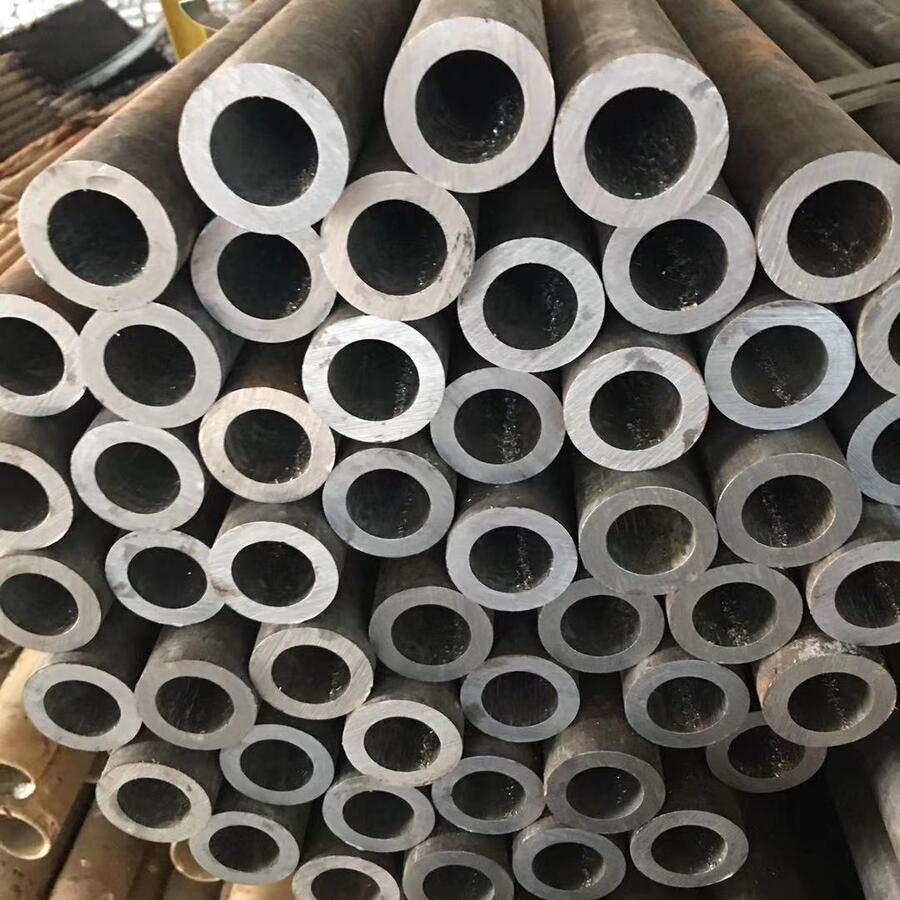Wire rod roll mills are essential machinery in the steel production process, specifically designed for the production of wire rods. These mills play a crucial role in shaping and forming steel into wire rods, which are then used in various applications, including construction, automotive, and manufacturing industries. In this article, we will explore the functionality, specifications, and advantages of wire rod roll mills.
What is a Wire Rod Roll Mill?
A wire rod roll mill is a type of rolling mill that produces wire rods from billets or blooms. The process involves heating the raw material and passing it through a series of rollers that gradually reduce its diameter while increasing its length. The final product is a long, thin rod of steel, typically with a diameter ranging from 5.5 mm to 16 mm.
Key Features of Wire Rod Roll Mills
Wire rod roll mills are equipped with various features that enhance their efficiency and productivity. Some of the key features include:
- High Production Capacity: Modern wire rod roll mills can produce several tons of wire rods per hour.
- Advanced Control Systems: These mills often come with computerized control systems that allow for precise adjustments during the rolling process.
- Energy Efficiency: Many wire rod roll mills are designed to minimize energy consumption, making them more environmentally friendly.
- Versatility: They can produce a wide range of wire rod sizes and grades, catering to different industry needs.
Specifications of Wire Rod Roll Mills
When selecting a wire rod roll mill, it is essential to consider various specifications that determine its performance and suitability for specific applications. Below is a detailed table of common specifications for wire rod roll mills:
| Specification | Details |
|---|---|
| Production Capacity | Up to 100 tons/hour |
| Rod Diameter Range | 5.5 mm to 16 mm |
| Rolling Speed | Up to 100 m/s |
| Number of Stands | Typically 6 to 10 stands |
| Material Type | Carbon steel, alloy steel, stainless steel |
| Control System | PLC-based automation |
| Cooling System | Water cooling, air cooling |
| Power Supply | 380V/50Hz/3Phase |
| Overall Dimensions | Varies based on configuration |
| Weight | Varies based on configuration |
Advantages of Using Wire Rod Roll Mills
Wire rod roll mills offer several advantages that make them a preferred choice in the steel manufacturing industry:
- Cost-Effectiveness: By producing wire rods efficiently, these mills help reduce production costs.
- Quality Control: Advanced technology ensures that the wire rods produced meet stringent quality standards.
- Reduced Waste: The rolling process minimizes material waste, making it an environmentally friendly option.
- Customization: Manufacturers can customize the specifications of wire rods to meet specific customer requirements.
Applications of Wire Rods
Wire rods produced by wire rod roll mills have a wide range of applications, including:
- Construction: Used in reinforced concrete structures, wire rods provide strength and durability.
- Automotive Industry: Wire rods are used in the production of various automotive components.
- Manufacturing: They are essential in the production of wires, cables, and other metal products.
Conclusion
Wire rod roll mills are vital in the steel production process, offering high efficiency, versatility, and quality in wire rod manufacturing. Understanding the specifications and advantages of these mills can help manufacturers make informed decisions when investing in equipment. For more information on wire rod roll mills and related machinery, you can visit HANI TECH for comprehensive resources and products.
In summary, wire rod roll mills are indispensable in the modern manufacturing landscape, providing essential materials for various industries. Their advanced technology and efficient production capabilities make them a valuable asset for any steel production facility.




